
Gas conversion kits are designed to enable vehicles to run on Compressed Natural Gas (CNG), an alternative to traditional fuels. These kits typically include components such as a CNG cylinder, pressure relief devices, shut-off valves, high-pressure lines, regulators, and electronic connections. The installation process involves careful planning to comply with safety codes, which dictates the placement of cylinders and components to ensure airtight connections and proper venting.
The installation begins with the CNG cylinder, which must be mounted securely using steel straps and brackets. Following this, the high-pressure CNG line is installed, routed away from the engine exhaust to avoid heat exposure and securely fastened to protect against road vibration and debris. A regulator is then attached to the vehicle, which controls the gas flow and is connected to the engine's coolant system.
For mixer-aspirated conversion kits, a mixer is installed close to the throttle body to ensure the correct mixture of air and CNG. The injection system, which is a critical component, involves placing nozzles near the gasoline injectors and attaching an injector rail. Electronic connections are made to integrate the system with the vehicle's engine management system, and a controller and fuel gauge are installed for monitoring purposes.
The final step is calibration, which fine-tunes the system to the vehicle's specifications. This process is essential for ensuring that the vehicle performs efficiently with the new CNG system. While the installation can be complex, it offers a way to enhance automotive efficiency by utilizing a cleaner fuel alternative.
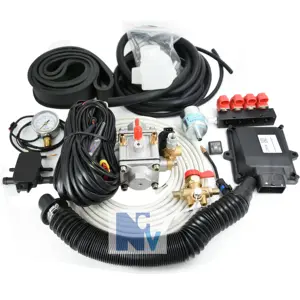






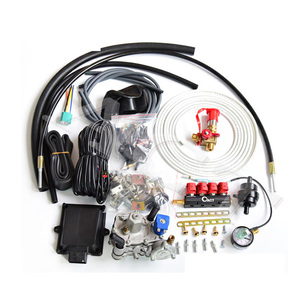
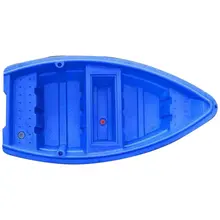

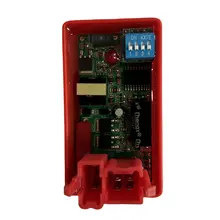
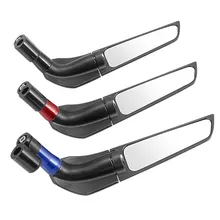
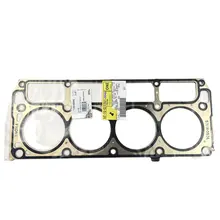

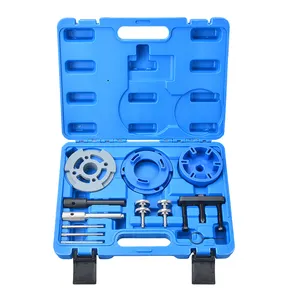






























 浙公网安备 33010002000092号
浙公网安备 33010002000092号 浙B2-20120091-4
浙B2-20120091-4